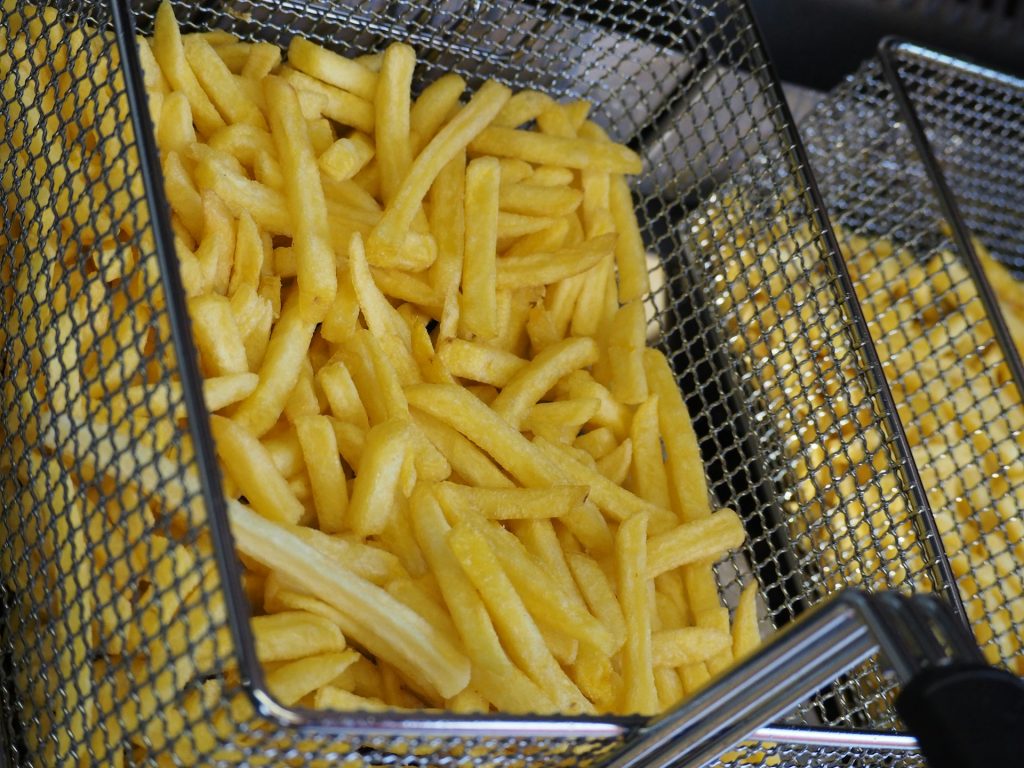Is It Safe to Use Aluminum Foil in an Air Fryer? Here’s What You Need to Know

Most of us have grown up learning that putting metal or aluminum foil in the microwave is a strict no-go. It’s one of those safety warnings repeated so often, it’s become second nature. And for good reason — the Food and Drug Administration warns that metal in a microwave can interfere with cooking or even pose a serious fire risk.
But what about air fryers? These popular kitchen gadgets operate differently than microwaves, and with their increasing presence in households, it’s important to know what’s safe to use inside them.
Using Aluminum Foil in an Air Fryer
Yes, you can safely use aluminum foil in an air fryer — but only if it’s used correctly.
Unlike microwaves, air fryers cook food by circulating hot air at high speeds, similar to a convection oven. Because of this, aluminum foil won’t spark or catch fire in the same way it might in a microwave. In fact, when used properly, it can actually help improve your air-frying experience.
Foil can be especially helpful for keeping seasonings and sauces close to your food rather than letting them drip through the basket. It also promotes more even cooking and makes cleanup a lot easier.
However, because of the strong air currents in the fryer, loose pieces of foil can quickly become a problem. If not properly secured, the foil may lift and move around during cooking. This can disrupt airflow, affect cooking results, or even cause damage to the heating element.
Experts suggest molding or shaping the foil to fit the food you’re cooking or the basket itself. Never place foil on the bottom of the air fryer, where it could block airflow and reduce performance. Instead, wrap it around the food or line the basket carefully, making sure that air can still move freely around the fryer.
Check the Manufacturer’s Instructions
Even though using foil is generally safe, it’s still important to check your air fryer’s user manual before trying it. Some brands, like Philips, explicitly advise against using aluminum foil in their devices. Others may allow it, but with certain limitations.
Always follow the manufacturer’s guidelines to avoid damaging your appliance or voiding your warranty.
What About Other Materials?
While aluminum foil has its place in the air fryer, not all kitchen papers are created equal. Here’s a breakdown of what else is safe (or not) to use.
Wax Paper:
Do not use wax paper in an air fryer. Wax paper is not heat-resistant and can easily melt or catch fire under high temperatures. Air fryers operate with intense heat and strong air circulation, making wax paper a hazardous option.
Parchment Paper:
Parchment paper, on the other hand, is safe to use in an air fryer. It has a heat-resistant silicone coating that can handle the high temperatures involved in air frying. It’s a great choice for preventing food from sticking or splattering and for making cleanup even easier.
Just like with foil, make sure parchment paper is weighed down by food. Loose parchment paper can move around and potentially come into contact with the heating element, which may be dangerous.
Final Tips for Safe Air Frying
-
Never block the air vents or heating elements with foil or paper.
-
Only use materials that are designed to withstand high heat.
-
Always make sure foil or parchment paper is securely placed to avoid it flying around.
-
Don’t use foil in a way that disrupts the natural airflow inside the fryer.
Using the right materials the right way helps you get the most out of your air fryer while keeping your kitchen safe.
Air fryers offer a fast, convenient, and often healthier way to prepare your favorite meals. Knowing what can and can’t go into your fryer ensures you’ll get the best results every time — without any safety hazards along the way.







